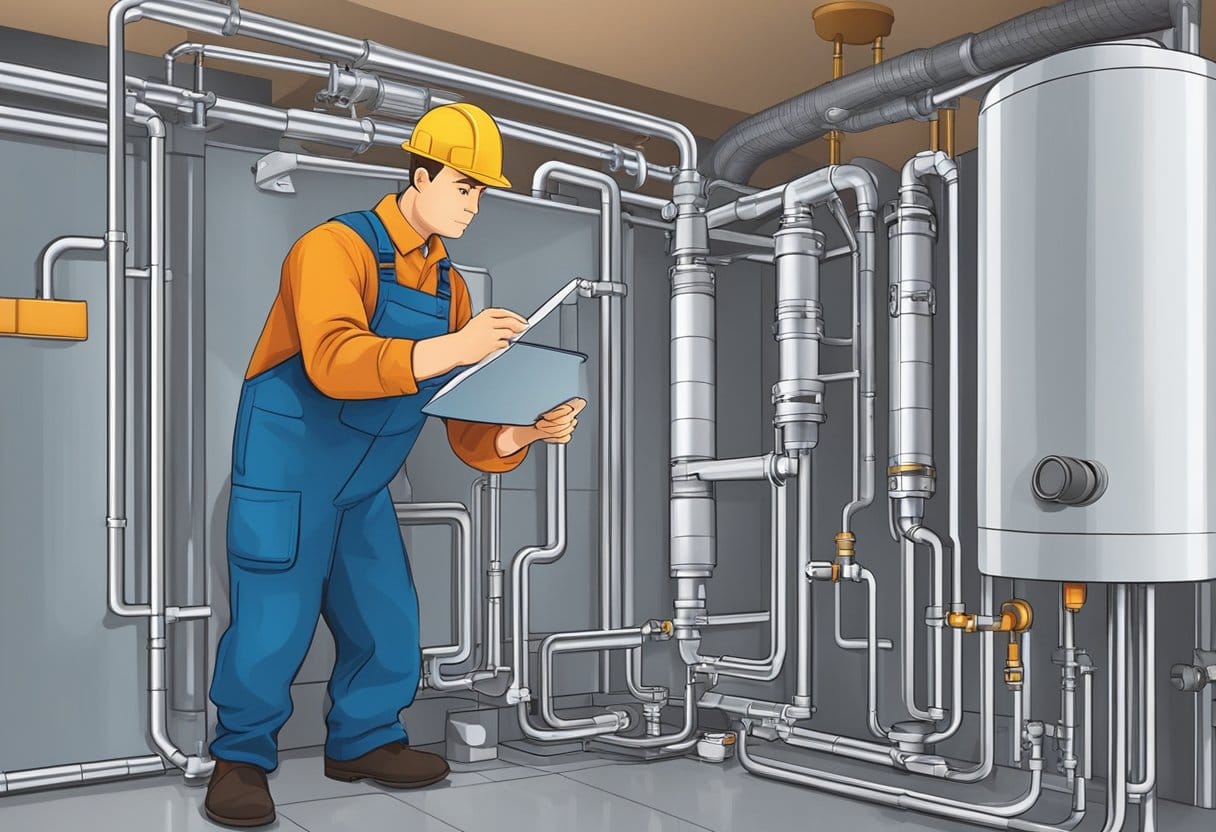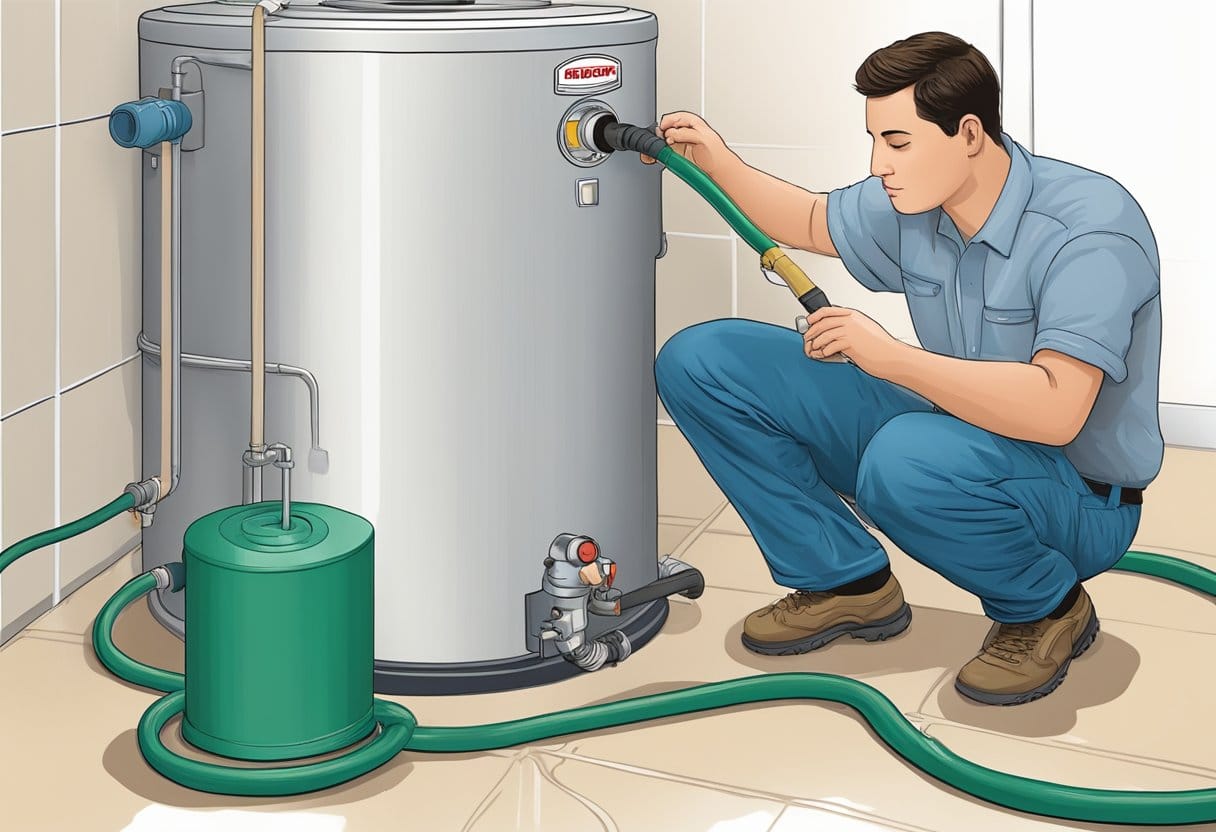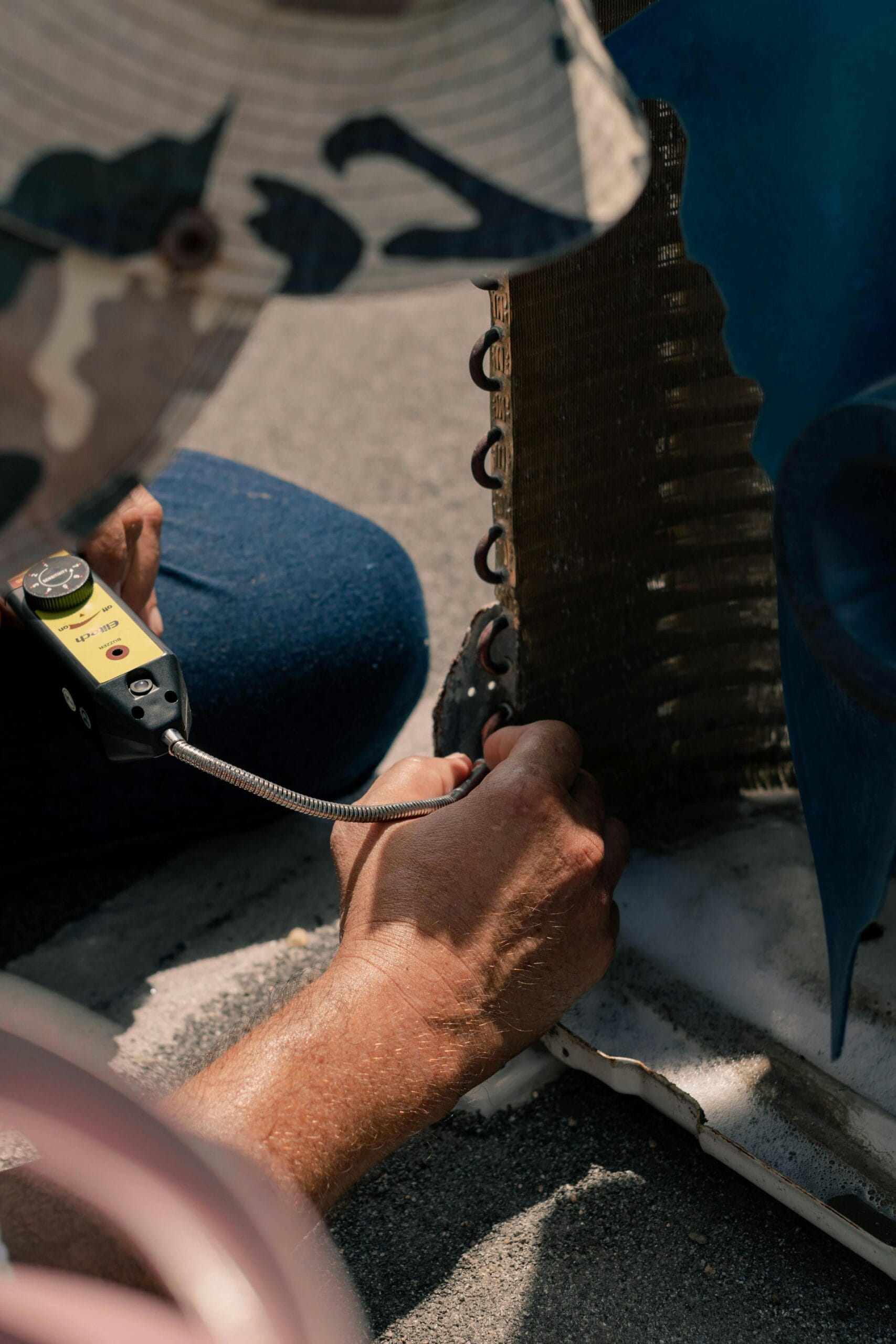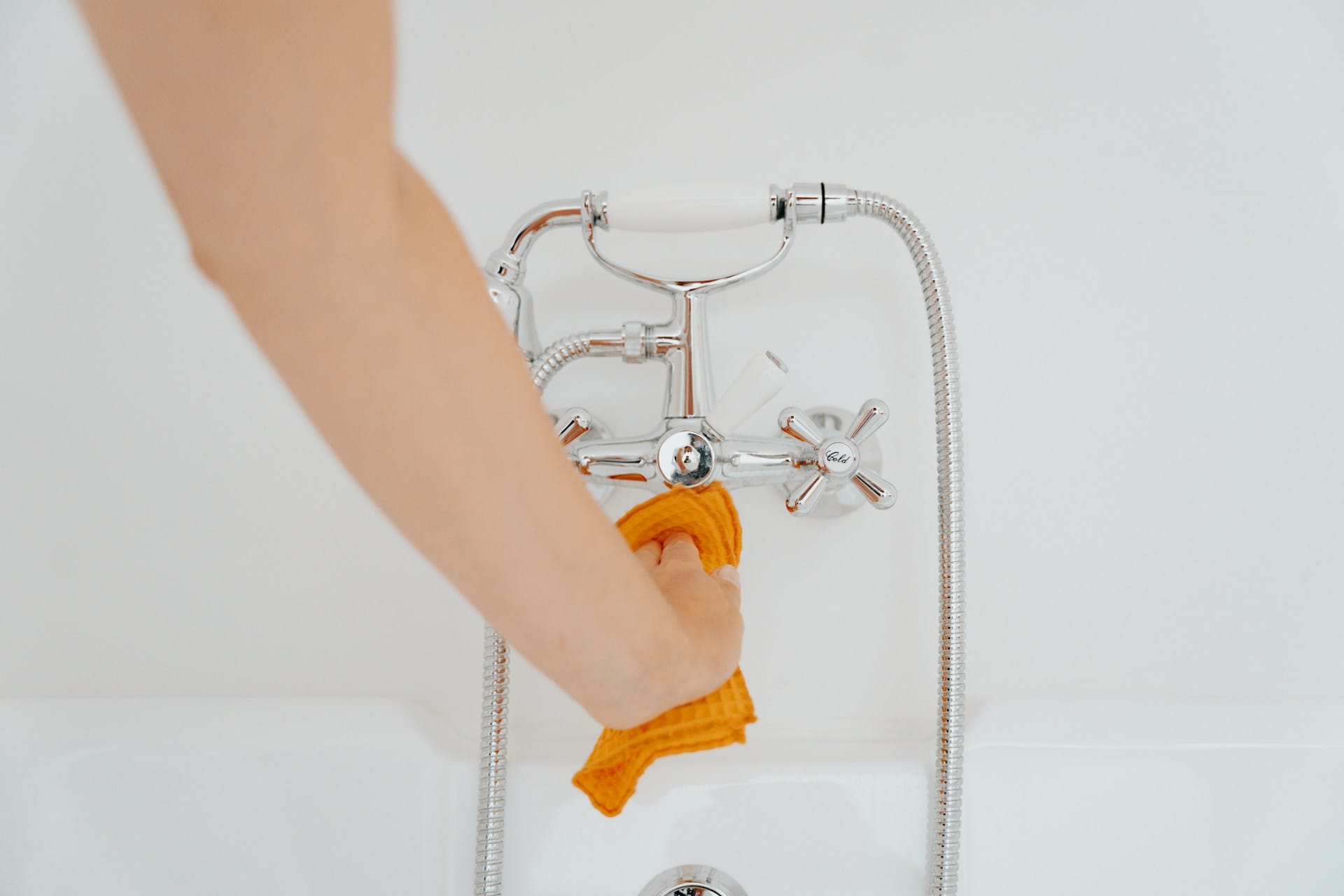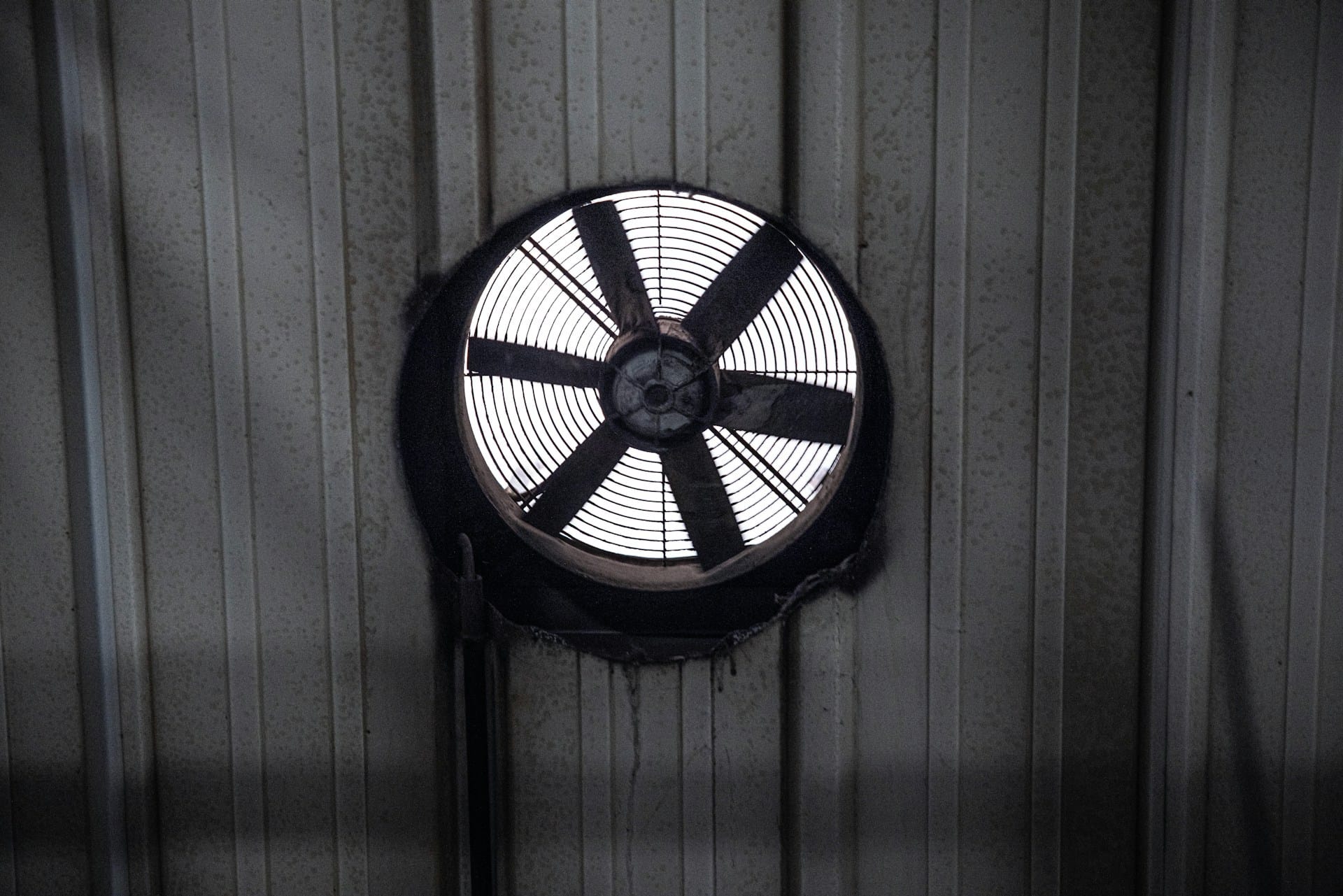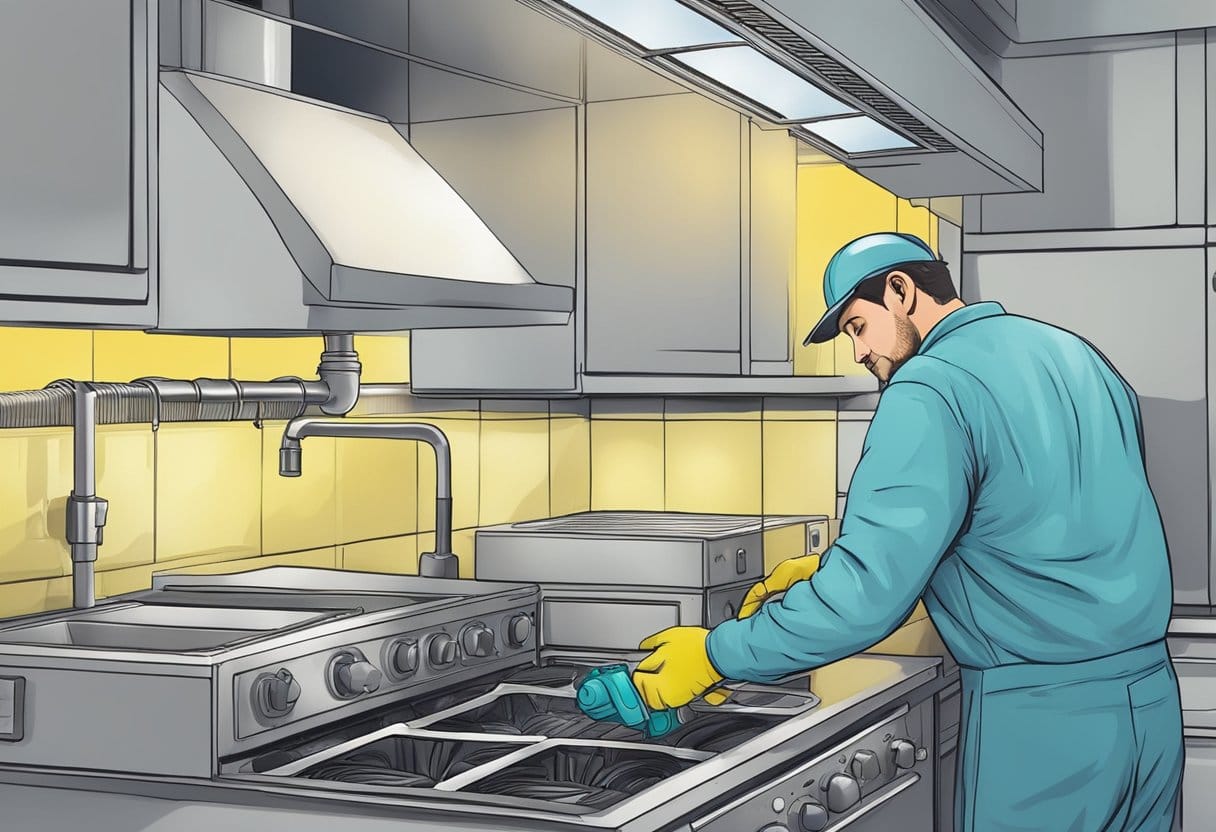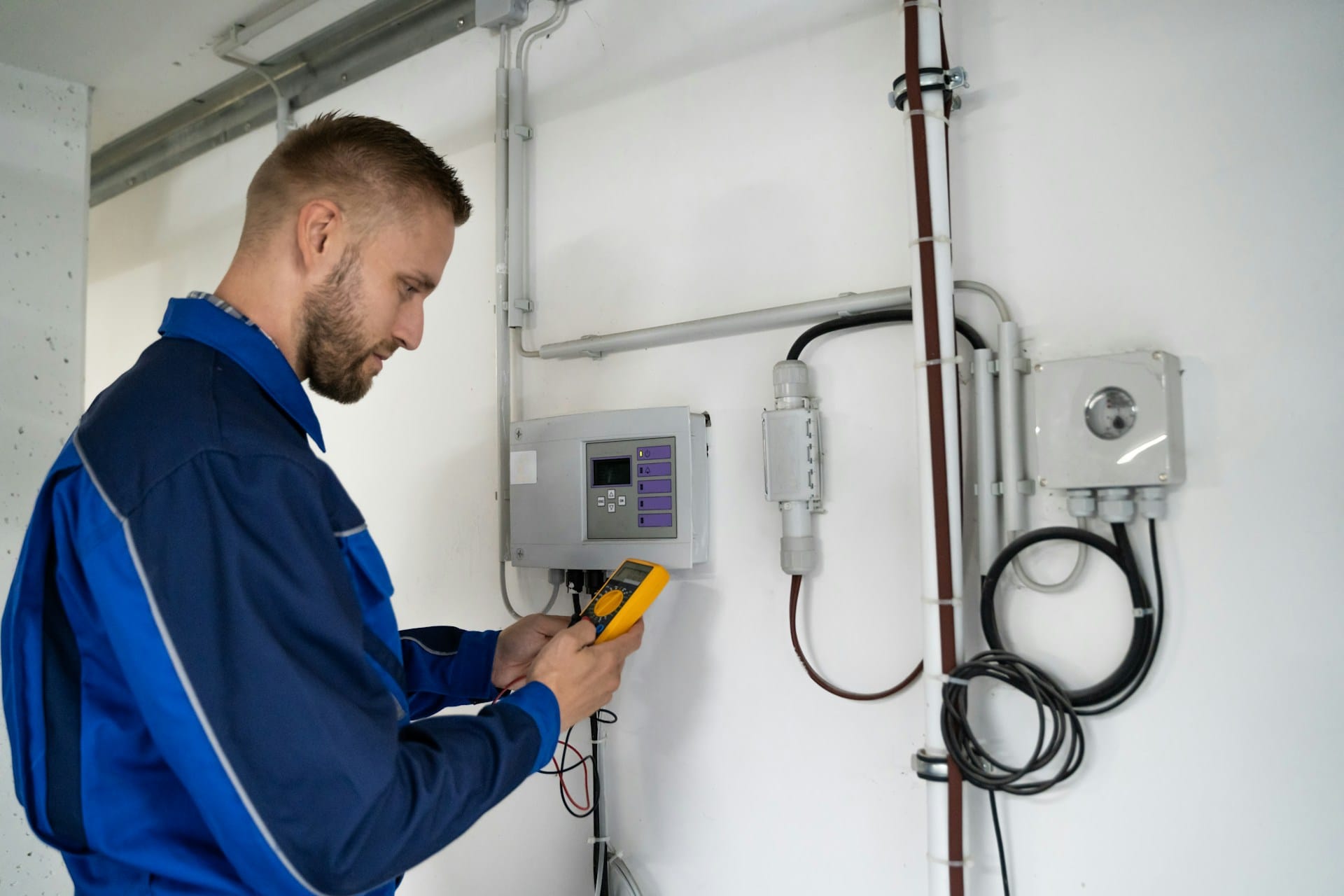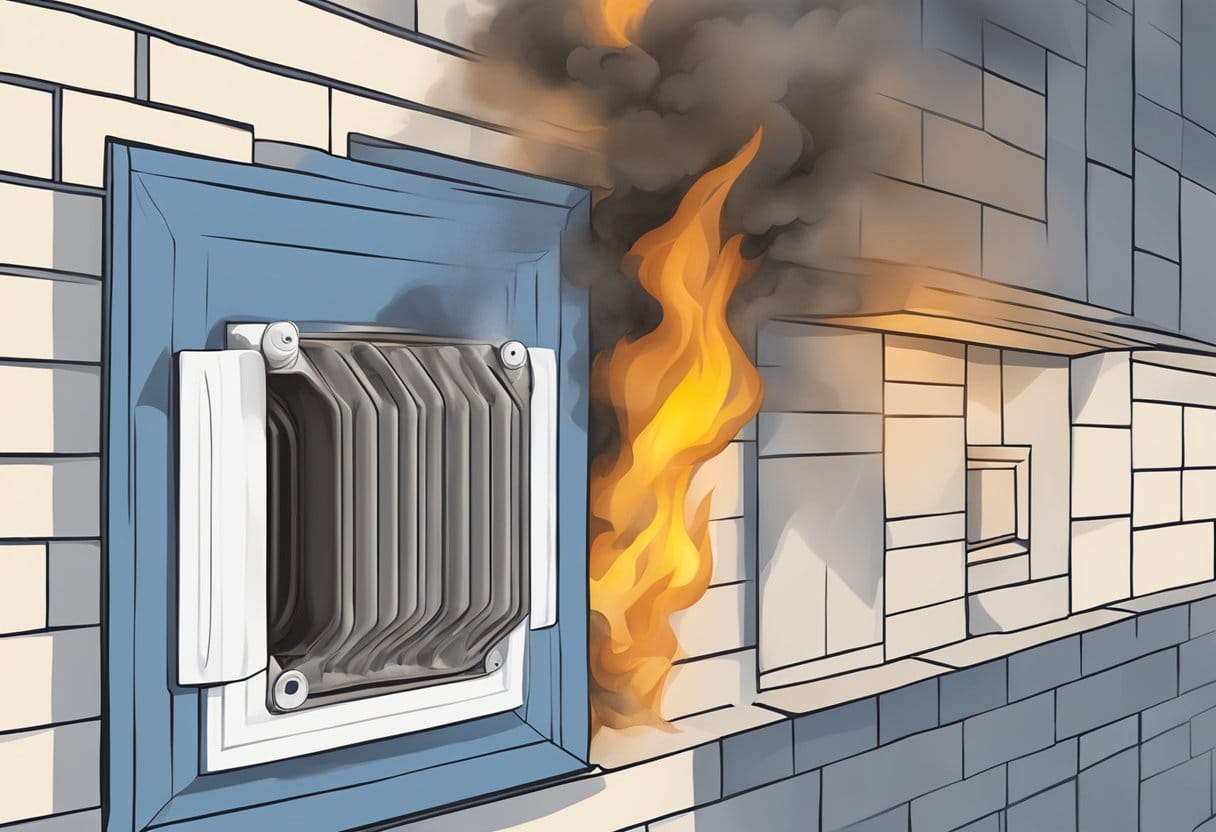Maintaining your heating system is crucial for ensuring comfort and efficiency in your home. Regular servicing not only enhances the longevity of your heating system but also improves its performance, leading to lower energy bills. Neglecting this important task can result in costly repairs and unexpected breakdowns, particularly during the colder months.
You might wonder how often you should service your heating system. It is generally recommended to have it serviced at least once a year, ideally before the heating season begins. This proactive approach allows technicians to check essential components such as the pilot light and gas pressure, ensuring everything is functioning according to the manufacturer’s specifications.
Investing time in regular heating system servicing not only keeps your home comfortable but also protects your investment. By prioritizing maintenance, you enhance the efficiency of your heating system and ultimately save money over time.
Understanding Heating Systems
Heating systems play a crucial role in maintaining comfort within your home during colder months. Familiarizing yourself with the types and components of these systems can enhance your ability to select and maintain the right one for your needs.
Types of Heating Systems
There are several primary types of heating systems that serve different purposes:
- Furnaces: These heat air and distribute it through ductwork. They can be powered by gas, electricity, or oil, and are known for their efficiency.
- Boilers: Boilers heat water and provide either hot water or steam to heat your home. They are commonly used in radiators or underfloor heating systems.
- Heat Pumps: These systems transfer heat rather than generate it. In winter, they pull heat from the outside air and bring it indoors, offering energy efficiency and versatility.
Understanding these types helps you identify which system may be best for your home’s heating needs.
Components and Functionality
Each heating system comprises key components that work together to deliver warmth effectively:
- Thermostat: Acts as the control center, allowing you to set and maintain your desired temperature.
- Heat Exchanger: Found in furnaces and boilers, this crucial part transfers heat to the air or water without mixing with combustion gases.
- Ducts or Radiators: Furnaces use ducts to distribute warm air, while boilers may use radiators or pipes for hot water.
- Fuel Supply: Depending on the system, the heat may derive from natural gas, electricity, or oil.
Understanding these components ensures effective system operation and informs you about necessary maintenance practices. Regular servicing can prolong the lifespan of your heating system and improve efficiency.
Importance of Regular Maintenance
Regular maintenance of your heating system is crucial for maximizing its performance and ensuring safety. It plays a significant role in prolonging the lifespan of your equipment, enhancing efficiency, and minimizing potential risks.
Extending Lifespan
Performing routine maintenance on your heating system significantly prolongs its lifespan. Systems that receive regular attention are less prone to breakdowns and costly repairs.
Common maintenance tasks include:
- Cleaning or replacing filters
- Inspecting and cleaning fans and coils
- Checking for leaks in ductwork
Each of these tasks contributes to optimal operation, reducing wear and tear on system components. By keeping your system in top shape, you can expect many years of service, saving you from the hassle and expense of premature replacements.
Efficiency and Cost Savings
Regular maintenance also leads to improved efficiency. A well-maintained heating system operates more effectively, translating to lower energy costs.
Factors that contribute to efficiency include:
- Properly calibrated thermostats
- Clean burners and heat exchangers
- Sealed ducts
These enhancements can result in reduced heating costs during colder months. You may notice a decrease in monthly utility bills after maintenance, allowing for savings that can be used elsewhere in your budget.
Safety and Carbon Monoxide Risks
Safety is a paramount concern when it comes to heating systems. Regular maintenance checks help detect potential hazards, particularly with carbon monoxide, which can be a silent and deadly threat.
Essential safety measures include:
- Inspecting carbon monoxide detectors
- Ensuring proper venting of exhaust gases
- Checking gas connections for leaks
By addressing these issues proactively, you greatly reduce the risk of carbon monoxide poisoning and create a safer living environment. Regular maintenance not only protects your home but also offers peace of mind.
Servicing Your Heating System
Regular servicing of your heating system is crucial for efficient performance and longevity. Proper inspection and maintenance help prevent issues and can save costs by avoiding major repairs.
Inspection and Maintenance Checklist
To ensure your heating system operates efficiently, follow this checklist:
- Filter inspection and replacement: Check filters monthly and replace them as needed. Clogged filters restrict airflow and can damage your system.
- Thermostat settings: Verify that your thermostat is functioning correctly. An improperly calibrated thermostat can lead to inconsistent heating.
- Inspect for leaks: Look for any signs of gas or water leaks around your furnace or boiler. Addressing leaks promptly prevents safety hazards.
- Electrical connections: Tighten all electrical connections to avoid overheating.
- Lubricate moving parts: Regular lubrication reduces wear and tear, enhancing the system’s lifespan.
This checklist should be performed annually to maintain optimal functionality.
Identifying Common Issues
Familiarizing yourself with common heating system issues can facilitate quicker resolutions.
- Inconsistent heating: This often points to issues with the thermostat or ductwork. Inspect both to ensure proper airflow and calibration.
- Unusual noises: Sounds like banging or rattling may indicate loose components or debris in the system. Investigate and address these noises promptly.
- Increased energy bills: A sudden spike in your energy bills may indicate inefficient system performance. Schedule a maintenance check to identify any underlying issues.
- System not starting: If your heater won’t turn on, check the thermostat settings and ensure power supply to the unit.
Being proactive in identifying these problems can lead to timely servicing and preserve your heating system’s efficiency.
Repairing Your Heating System
Knowing when to seek professional help for your heating system is crucial. Understanding specific signs can ensure your home stays warm and comfortable during colder months. Additionally, recognizing safe practices for DIY repairs can help you manage minor issues without compromising safety.
When to Call a Professional
If your heating system exhibits inconsistent temperatures, unusual noises, or frequent cycling, it’s time to call a professional. These symptoms often indicate underlying problems that require expert attention.
A licensed contractor can assess the situation thoroughly. They have the training to identify issues such as a malfunctioning safety valve or inadequate airflow. If your energy bills spike unexpectedly, that also signals the need for repairs.
It’s also wise to schedule an annual inspection. Professional servicing not only addresses potential repairs but also extends the life of your heater.
DIY Repairs and Safety
While some minor heater repairs may be manageable, safety should always be your priority. Before attempting any DIY fixes, ensure you understand the system’s components. Always turn off the power to the heating unit to prevent injury.
Employ basic tools and follow the manufacturer’s guidelines. Inspect components like filters and thermostats for easy replacements.
If you encounter more complex issues, such as gas leaks or electrical problems, stop immediately. Contact a professional. It’s safer—and often more cost-effective—to hire an expert than risk injury or further damage.
Protecting Your Investment
Regular servicing of your heating system is essential for maintaining efficiency and longevity. By understanding how warranties and service plans work, along with choosing a reliable service provider, you can effectively protect your investment in home heating.
Warranty and Service Plans
When you purchase a heating system, it often comes with a warranty that covers specific repairs and replacements. Familiarizing yourself with the terms of this warranty is crucial. Many warranties require you to use a licensed contractor for service to avoid voiding your coverage.
Investing in a service plan can also be beneficial. These plans usually include regular preventative maintenance, helping you identify issues before they escalate. Look for plans that offer annual inspections, discounts on repairs, and priority service. This proactive approach not only ensures your heating system runs efficiently but also extends its lifespan.
Choosing a Service Provider
Selecting the right service provider requires careful consideration. Start by looking for a licensed contractor with a strong reputation in your area. Check online reviews and ask for recommendations from friends or family.
Ensure the contractor emphasizes preventative maintenance over repair services. A provider focused on maintenance will help you save money in the long term by preventing costly repairs. Additionally, confirm that they are experienced with your specific heating system brand. Evaluate their service plans, and inquire about what’s included, such as warranties on parts and labor. This will help you make an informed decision that aligns with your needs.
Frequently Asked Questions
Maintaining your heating system is essential for optimal performance and efficiency. Here are some common questions regarding servicing to help you understand the importance and process involved.
How often should a heating system be serviced?
You should plan to have your heating system professionally serviced at least once a year. Ideally, schedule the service before the start of the heating season. This ensures that your system operates efficiently when you need it most.
Who is qualified to perform heating system maintenance?
Look for licensed HVAC technicians who have experience with your specific heating system type. Certifications from organizations like NATE (North American Technician Excellence) can indicate a technician’s expertise and knowledge in the field.
What are typical costs associated with heating system servicing?
The cost of heating system maintenance can vary widely. On average, homeowners can expect to pay between $100 to $300 for a routine service visit. Factors such as your location, the complexity of your system, and any additional services can influence the final price.
Can homeowners perform any heating system maintenance themselves?
Yes, certain maintenance tasks can be performed by homeowners. You can regularly check and replace air filters, clear debris from around the furnace, and ensure vents are unobstructed. Always consult your user manual for specific guidelines.
What is involved in a professional furnace tune-up?
A professional furnace tune-up generally includes several services. Technicians will check and clean critical components, inspect filters, test for gas leaks, and calibrate the thermostat. This thorough process helps enhance efficiency and safety.
What should be expected from an HVAC maintenance check?
During an HVAC maintenance check, you should expect a technician to conduct a comprehensive assessment of your system. This includes inspecting components, checking for leaks, and ensuring proper airflow. You will also receive recommendations for any necessary repairs or upgrades.


